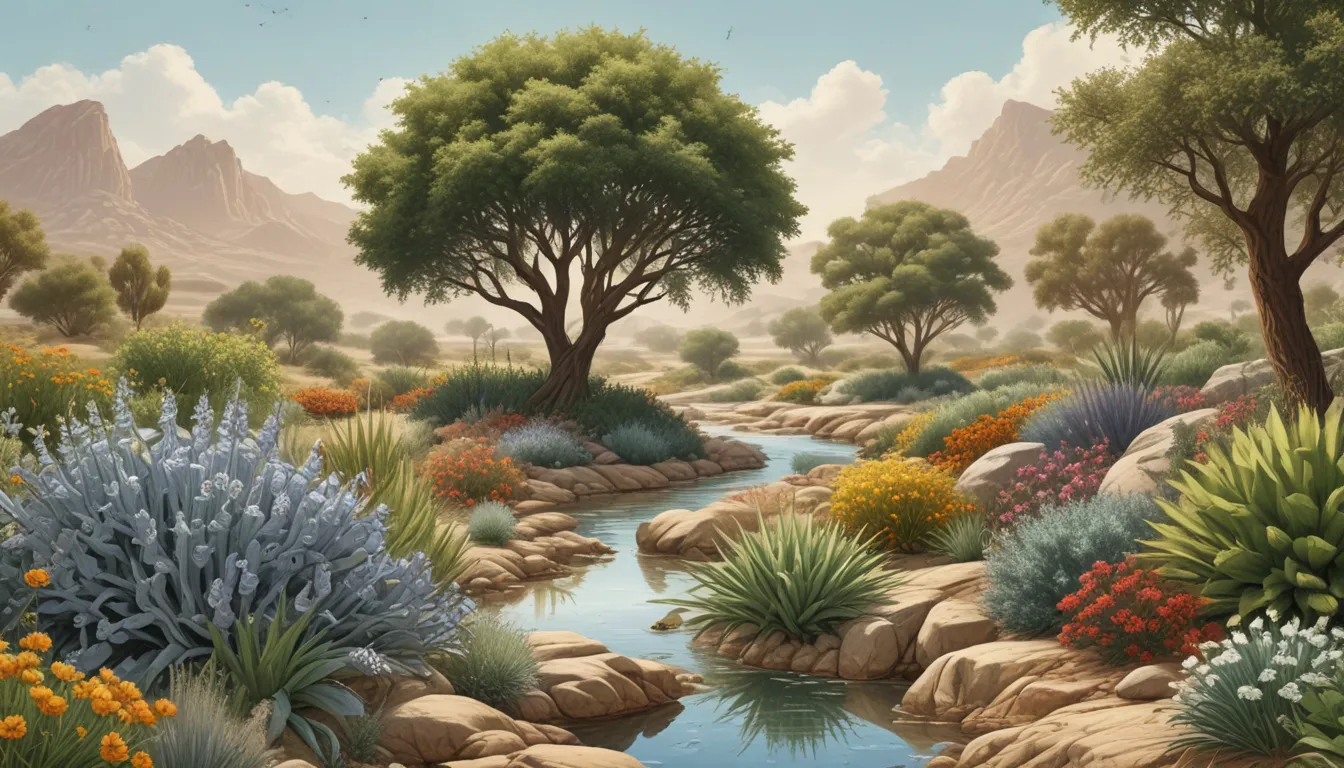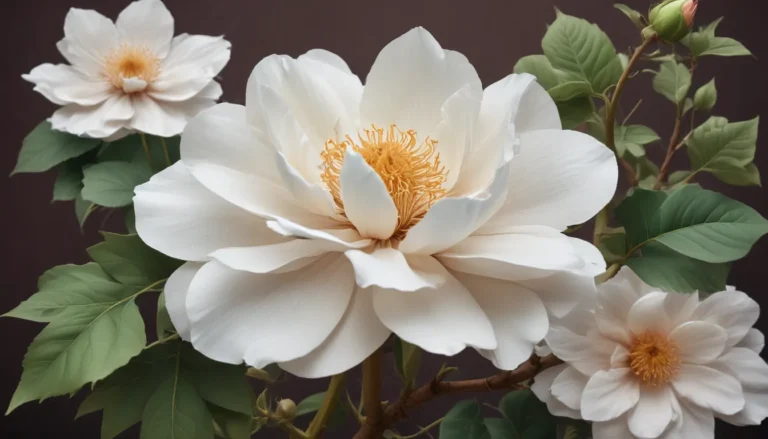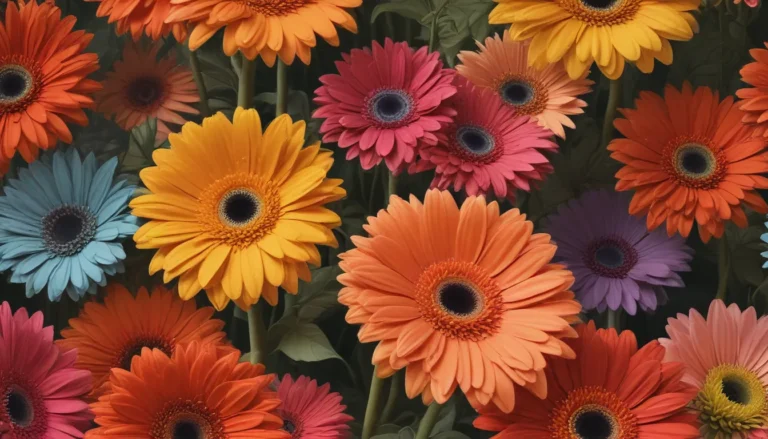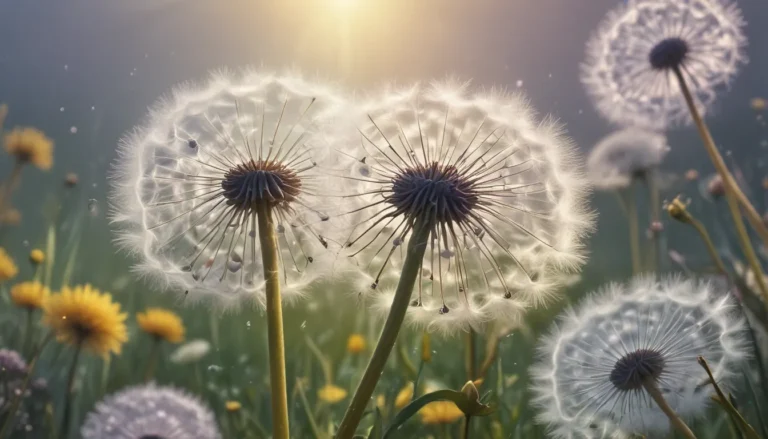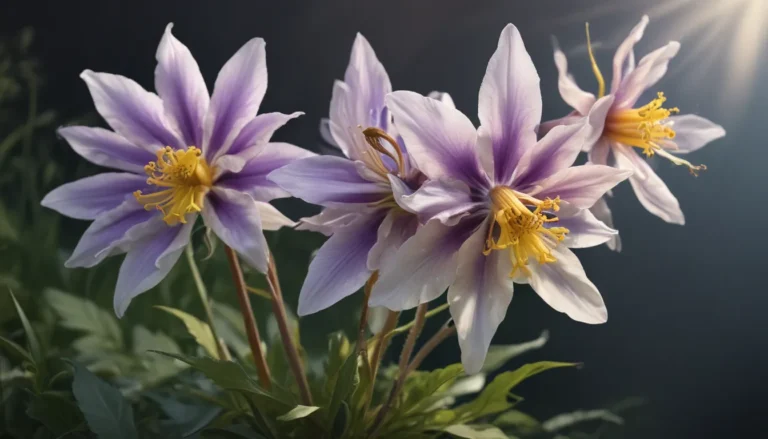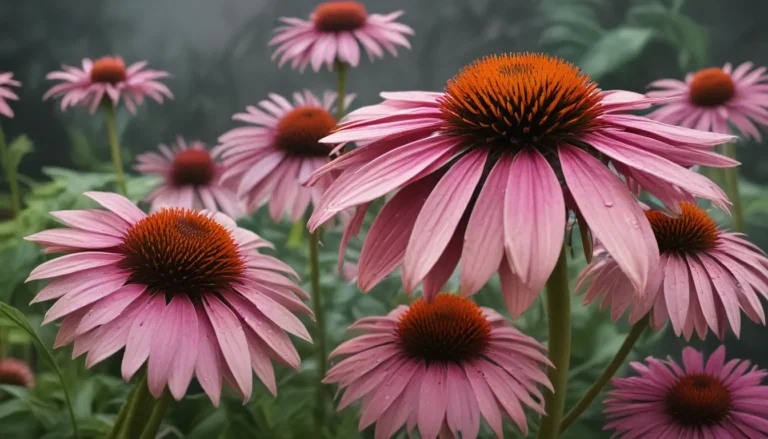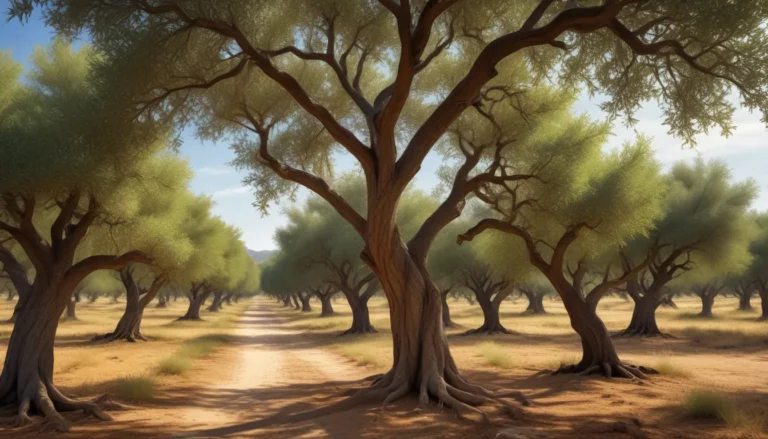The pictures we use in our articles might not show exactly what the words say. We choose these pictures to make you interested in reading more. The pictures work together with the words but don’t take their place. The words still tell you the important facts.
In a world where sustainability is becoming increasingly important, the beauty of drought-tolerant plants shines bright. These resilient species have adapted to survive in dry conditions with minimal water requirements, making them a valuable addition to any garden. Whether you're a seasoned gardener or just starting out, understanding the unique characteristics and benefits of drought-tolerant plants can transform your approach to gardening, making it more sustainable and rewarding. In this comprehensive guide, we'll explore 25 fascinating facts about drought-tolerant plants, shedding light on their adaptations, benefits, and how they can contribute to a water-wise garden. Get ready to be inspired by the world of drought-tolerant flora and take a step towards more sustainable living.
Unveiling the World of Drought-Tolerant Plants
Drought-tolerant plants, also known as xerophytes, have evolved to thrive in environments with limited water availability. Their unique adaptations enable them to survive where other plants may struggle.
- Root Systems: Many drought-tolerant plants have deep or extensive root systems that allow them to access water from deeper soil layers.
- Leaf Structure: Some plants have small, thick leaves or needles to minimize water loss through evaporation, while others have hairy or waxy surfaces.
- Water Storage: Succulents, a type of drought-tolerant plant, store water in their leaves, stems, or roots, providing a reserve during dry periods.
Embracing the Benefits of Drought-Tolerant Plants
Incorporating drought-tolerant plants into your garden offers a host of benefits, both for the environment and for gardeners.
- Water Conservation: These plants require less water, helping to conserve precious water resources, especially in arid regions.
- Low Maintenance: Drought-tolerant plants generally need less care and attention compared to other plants, making them ideal for busy or novice gardeners.
- Erosion Control: The deep root systems of drought-tolerant plants can help stabilize soil, prevent erosion, and protect the soil surface during heavy rains.
Discovering Popular Drought-Tolerant Plants
There is a diverse selection of plants that can thrive in dry conditions, each offering unique beauty to a garden.
- Lavender: Known for its fragrant flowers and silvery foliage, lavender thrives in full sun and well-drained soil.
- Sedum (Stonecrop): This succulent comes in various colors and shapes, requiring minimal water once established.
- Agave: With its striking form, agave is a focal point in any garden and is extremely drought-tolerant.
Designing a Water-Wise Garden with Drought-Tolerant Plants
Creating a garden that requires minimal water doesn't mean sacrificing beauty or variety.
- Soil Preparation: Enhancing soil with organic matter can improve water retention and drainage, benefiting drought-tolerant plants.
- Mulching: Applying a layer of mulch helps retain soil moisture, suppress weeds, and reduce water evaporation.
- Irrigation: Efficient watering systems, like drip irrigation, deliver water directly to the roots, reducing waste.
Overcoming Challenges and Finding Solutions
While drought-tolerant plants offer numerous advantages, there are challenges to consider when incorporating them into your garden.
- Adaptation Period: Newly planted drought-tolerant plants may require regular watering until they establish themselves.
- Weed Control: Vigilant weed control is essential, especially in the early stages, as weeds can compete with young plants for water and nutrients.
- Pest and Disease Resistance: Many drought-tolerant plants are naturally resistant to pests and diseases, reducing the need for chemical treatments.
Nurturing Sustainability with Drought-Tolerant Plants
Incorporating drought-tolerant plants into landscapes contributes to sustainable gardening practices and environmental conservation.
- Reduced Water Usage: By choosing plants that require less water, gardeners can play a role in reducing overall water demand.
- Support for Wildlife: Drought-tolerant gardens can provide essential habitats and food sources for local wildlife, including birds, bees, and butterflies.
- Climate Resilience: Drought-tolerant plants are well-suited to withstand changing climate conditions, making gardens more resilient to extreme weather events.
Embracing the Future of Drought-Tolerant Gardening
As awareness of sustainability grows, the popularity of gardening with a focus on water conservation is on the rise.
- Innovative Landscaping: Landscape architects and garden designers are increasingly incorporating drought-tolerant plants into their projects.
- Community Initiatives: Some communities offer incentives or rebates for residents who replace water-intensive lawns with drought-tolerant landscaping.
- Educational Programs: Efforts to educate the public about the benefits of drought-tolerant plants and how to care for them are on the rise.
Exploring Drought-Tolerant Plants Around the World
Different regions around the world have native plants that are naturally adapted to local conditions, offering a rich diversity of options for gardeners.
- Australian Natives: Plants like the Kangaroo Paw and Bottlebrush are well-suited to Australia's dry climate and offer vibrant colors and textures.
- Mediterranean Favorites: Olive trees, rosemary, and thyme thrive in the Mediterranean climate, known for its hot, dry summers.
- North American Natives: Plants such as the Purple Coneflower and Black-eyed Susan can withstand dry conditions in various parts of North America.
- African Succulents: Africa is home to many unique succulents, including various species of Aloe and the Jade Plant, perfect for drought-tolerant gardens.
A Sustainable Approach to Gardening with Drought-Tolerant Plants
Understanding and embracing drought-tolerant plants goes beyond just gardening - it's a step towards more sustainable living. These resilient species offer hope for gardens in arid climates, reducing water use and supporting biodiversity. From the sturdy succulents to the hardy grasses, each plant brings something unique to the table. By choosing to include drought-tolerant plants in your garden, you're not only conserving water but also creating a vibrant ecosystem that supports local wildlife. Let's adapt our practices to the planet's needs and welcome these tough beauties into our gardens. They're not just survivors; they're thrivers, making every drop of water count.
